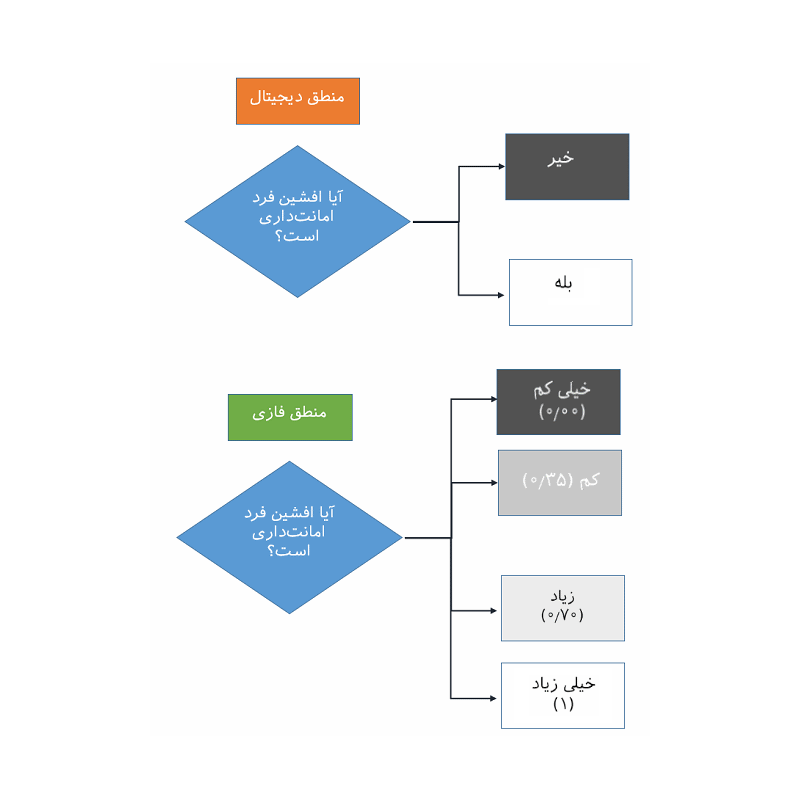








The torque vibrations caused by the rotor bump and the stator winding unbalance reduce the efficiency of single phase reluctance motors

Security policy (edit with Customer reassurance module)

Delivery policy (edit with Customer reassurance module)

Return policy (edit with Customer reassurance module)
The torque vibrations caused by the rotor bump and the stator winding unbalance reduce the efficiency of single phase reluctance motors. This paper examines the various components of the torque produced by such a rolling motor and studies their dependence on steady-state machine performance indices. The torque expressions of the component parts obtained by the d-q coordinate will be a function of the load angle and the capacitance of the coil depending on what interface is considered for efficiency. By modifying and adjusting the capacitance value, it was achieved by applying conditions to balance drive efficiency for two-phase motors. Simple test results were used to evaluate the accuracy of the harmonic equilibrium model and good observations were obtained. The vibrations of the torque due to the stator winding were unbalanced, but as expected, the vibrations from the rotor bumps remained unchanged. Optimization under balanced conditions allows the engine to support more load torque.
Keywords: Balanced operation, Torque, Controlled capacitor, Harmonic balance, Single phase reluctance motor, Steady state efficiency
getting to know
The continued need for fractional horsepower synchronous drives necessitates the use of SPSR single-phase synchronous motors and permanent magnet PM in home and industrial applications. It also has the second most optimality factor and power factor, but the former is cheaper and has been studied in a small but very rigorous number of studies. The ultimate goal is to design a motor with comparable efficiency to IM induction motors that is still used in synchronous torque delivery. Despite their many differences in torque generation mechanism, the SPSR motor is the closest relative of the induction motors due to their structural similarities and their main difference is the prominence of the rotor magnetic circuit in the SPSR motor.
It is generally recognized that for any single-phase engine, equilibrium conditions are achieved at a particular load [2-5, 9] if a certain amount of capacitor is connected to the auxiliary coil. If the load changes as seen in many applications, a different capacitor is needed to achieve equilibrium. Equilibrium means equal distribution of MMF and very perfect displacement of the circular current in the winding orthogonal at any load rate. Such a situation is idealistic because some inverse MMF wave components originate from the basic conditions necessary for successful synchronous operation, namely rotor bumping and single-phase stator winding. This implies that many single-phase motors (even with starter capacitors) used with loads other than rated values work in unbalanced mode. Although the level of imbalance is low enough that it does not have a significant impact on engine life, it generally causes noise, vibration, shakiness and rotor vibration and wear and tear on the rotor, which is undesirable. Developed methods for vibration torque reduction is an expanding field of research that is broadly categorized by Johns and Sung in design-related methods that refer to electromagnetic torque sources and dynamic excitation-based methods to correct non-ideal vibration machine characteristics. Gives. Both of these methods attract constant focus, especially in permanent magnet machines. For single-phase motors, the first approach seems overwhelming and the emphasis on improving output quality is directed towards the control of the auxiliary coil capacitors; sources [1, 11, 12, 17] have provided a good overview on the different approaches to induction motors.
Various authors [2-5] have studied the conditions for balanced operation of a single-phase motor, all of which have achieved similar results with differences in the degree of complexity based on the variables considered for the machine. Finch-Larson terms are used here because this article considers the efficiency of a pre-designed machine, but in no case the terms Jou-stone, Miller, or Chang [2]. ], Since they depend on the choice of rotation ratio, coil spacing angle, motor power factor and capacitance. These are [3]:
[1] Saliency
[2] Single-phase Synchronous Reluctance
[3] Permanent Magnet
You might also like